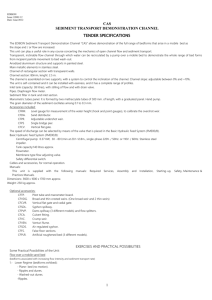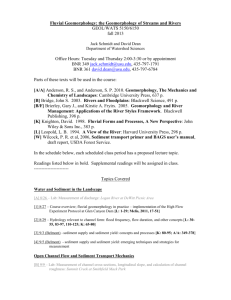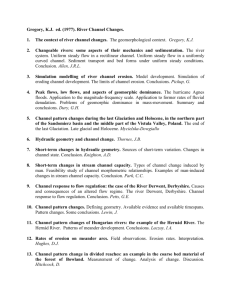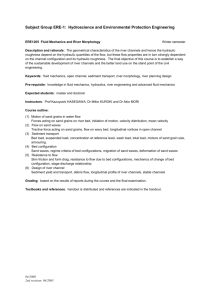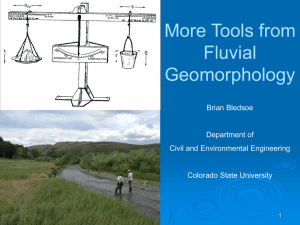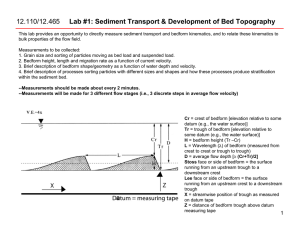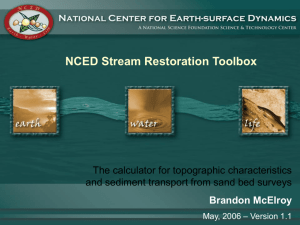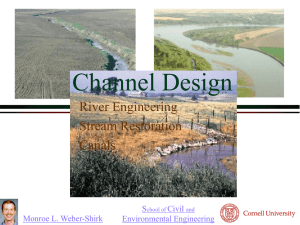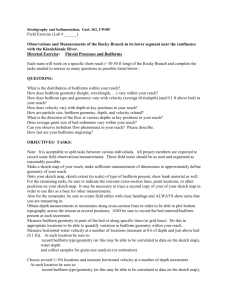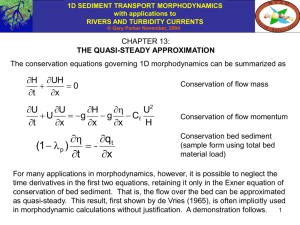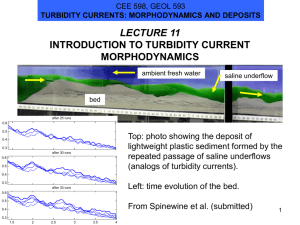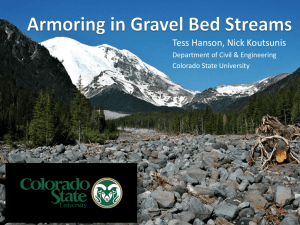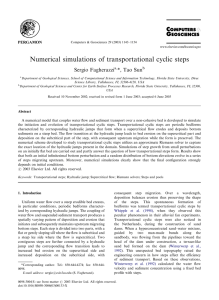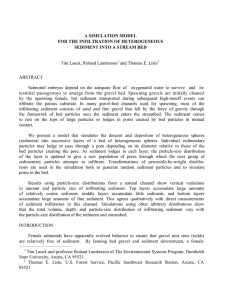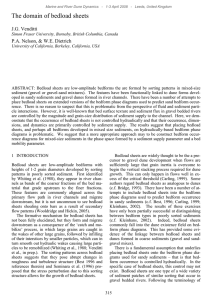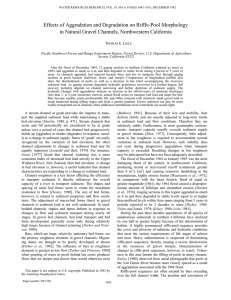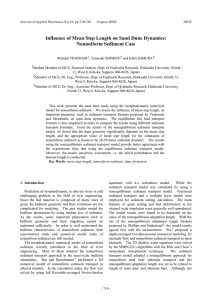Abstract
advertisement
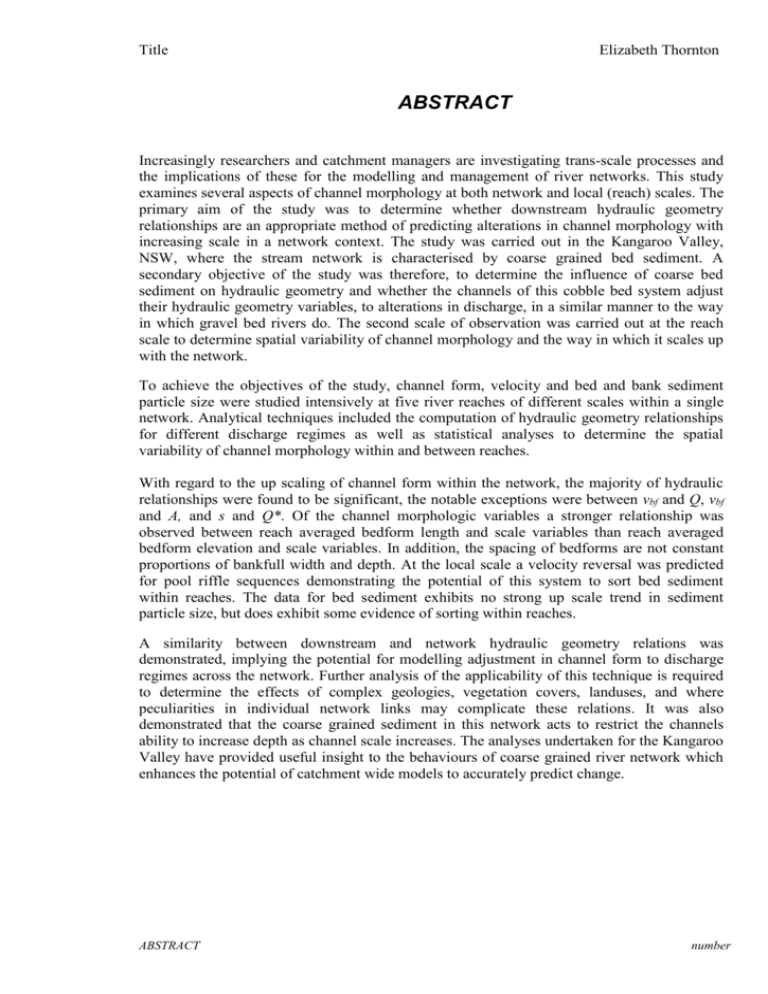
Title Elizabeth Thornton ABSTRACT Increasingly researchers and catchment managers are investigating trans-scale processes and the implications of these for the modelling and management of river networks. This study examines several aspects of channel morphology at both network and local (reach) scales. The primary aim of the study was to determine whether downstream hydraulic geometry relationships are an appropriate method of predicting alterations in channel morphology with increasing scale in a network context. The study was carried out in the Kangaroo Valley, NSW, where the stream network is characterised by coarse grained bed sediment. A secondary objective of the study was therefore, to determine the influence of coarse bed sediment on hydraulic geometry and whether the channels of this cobble bed system adjust their hydraulic geometry variables, to alterations in discharge, in a similar manner to the way in which gravel bed rivers do. The second scale of observation was carried out at the reach scale to determine spatial variability of channel morphology and the way in which it scales up with the network. To achieve the objectives of the study, channel form, velocity and bed and bank sediment particle size were studied intensively at five river reaches of different scales within a single network. Analytical techniques included the computation of hydraulic geometry relationships for different discharge regimes as well as statistical analyses to determine the spatial variability of channel morphology within and between reaches. With regard to the up scaling of channel form within the network, the majority of hydraulic relationships were found to be significant, the notable exceptions were between vbf and Q, vbf and A, and s and Q*. Of the channel morphologic variables a stronger relationship was observed between reach averaged bedform length and scale variables than reach averaged bedform elevation and scale variables. In addition, the spacing of bedforms are not constant proportions of bankfull width and depth. At the local scale a velocity reversal was predicted for pool riffle sequences demonstrating the potential of this system to sort bed sediment within reaches. The data for bed sediment exhibits no strong up scale trend in sediment particle size, but does exhibit some evidence of sorting within reaches. A similarity between downstream and network hydraulic geometry relations was demonstrated, implying the potential for modelling adjustment in channel form to discharge regimes across the network. Further analysis of the applicability of this technique is required to determine the effects of complex geologies, vegetation covers, landuses, and where peculiarities in individual network links may complicate these relations. It was also demonstrated that the coarse grained sediment in this network acts to restrict the channels ability to increase depth as channel scale increases. The analyses undertaken for the Kangaroo Valley have provided useful insight to the behaviours of coarse grained river network which enhances the potential of catchment wide models to accurately predict change. ABSTRACT number
![科目名 Course Title Hydrology and Hydraulics [水文・水理学E] 講義](http://s3.studylib.net/store/data/007224993_1-7df83ced7f13c8565ece0b752f37d756-300x300.png)

